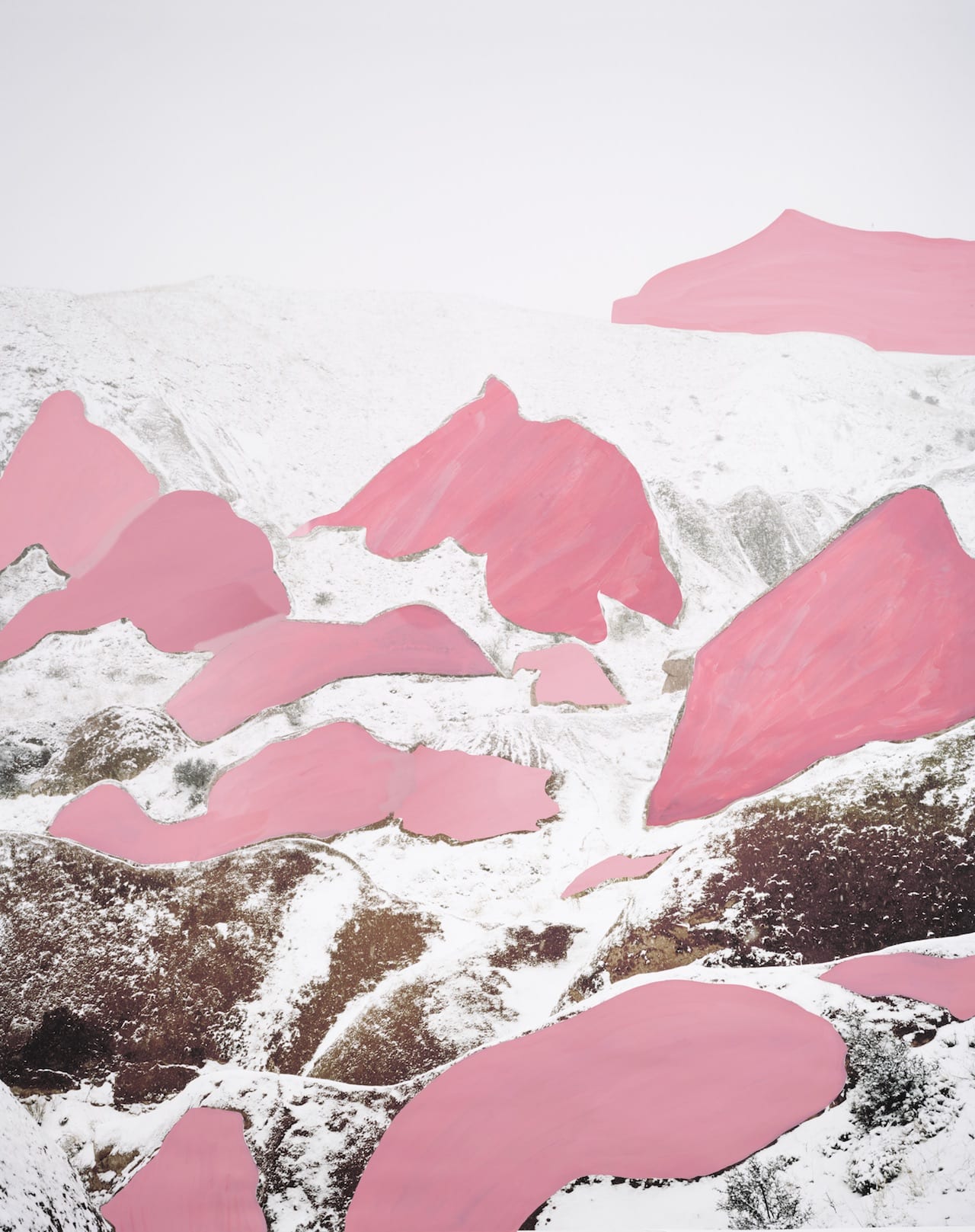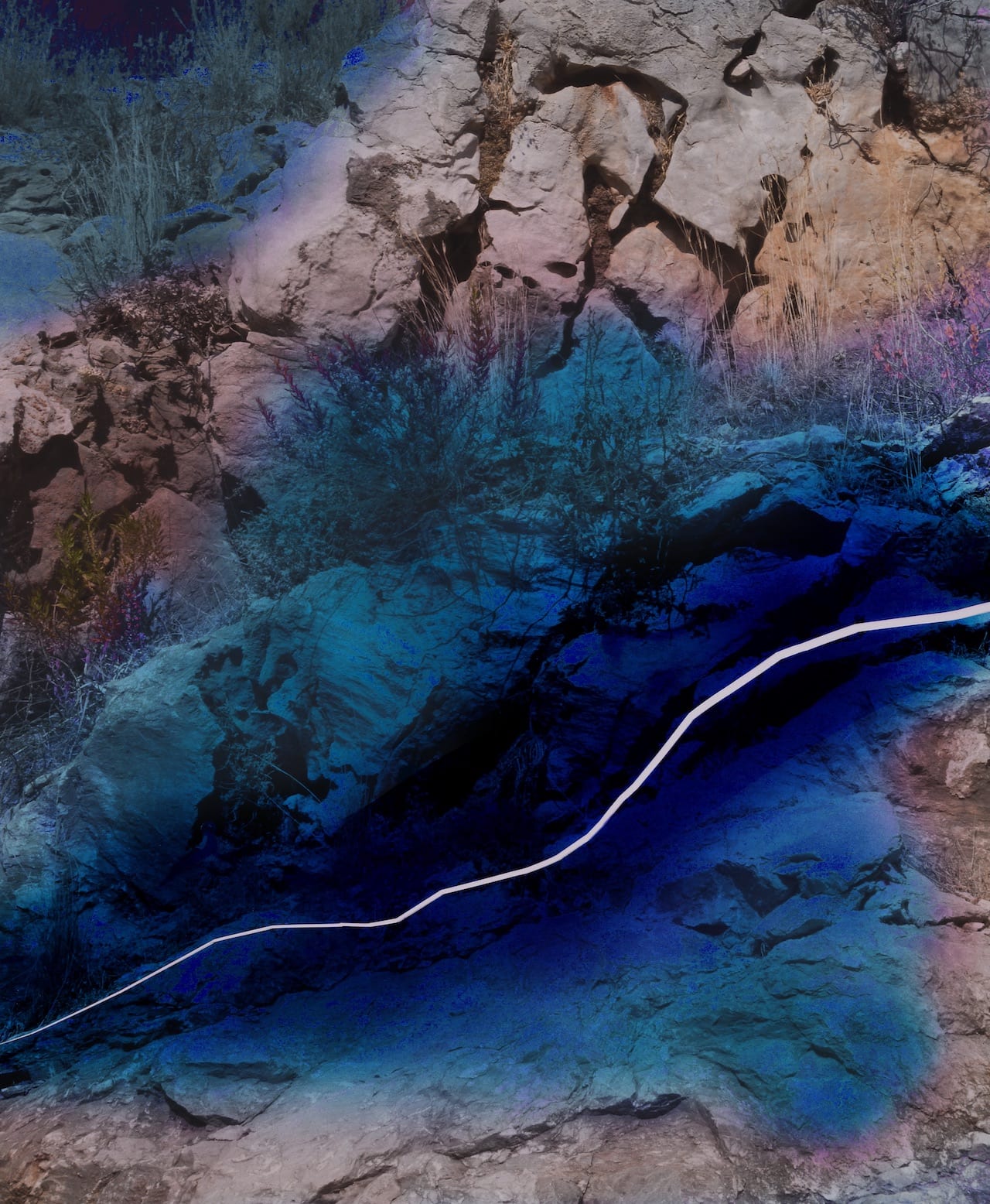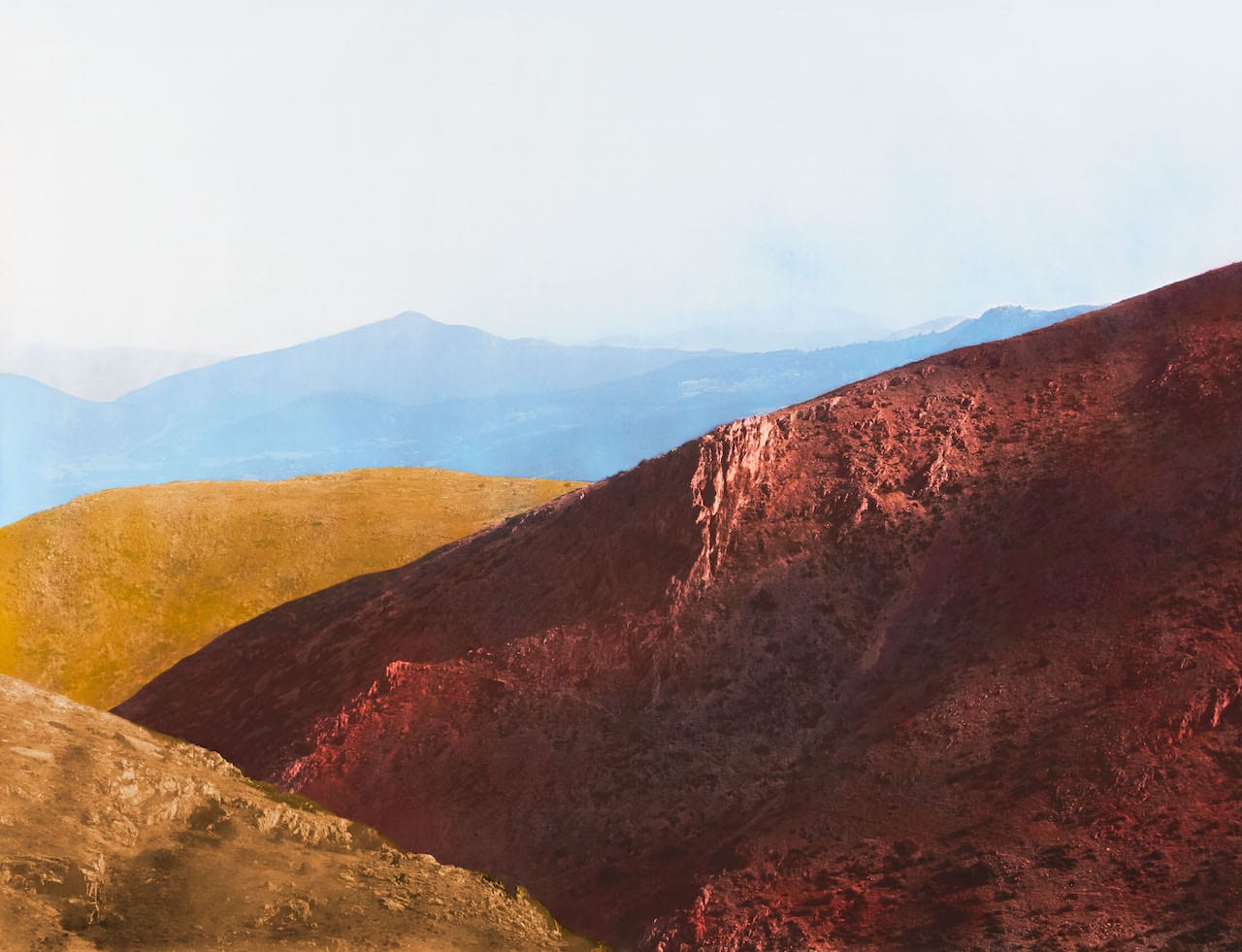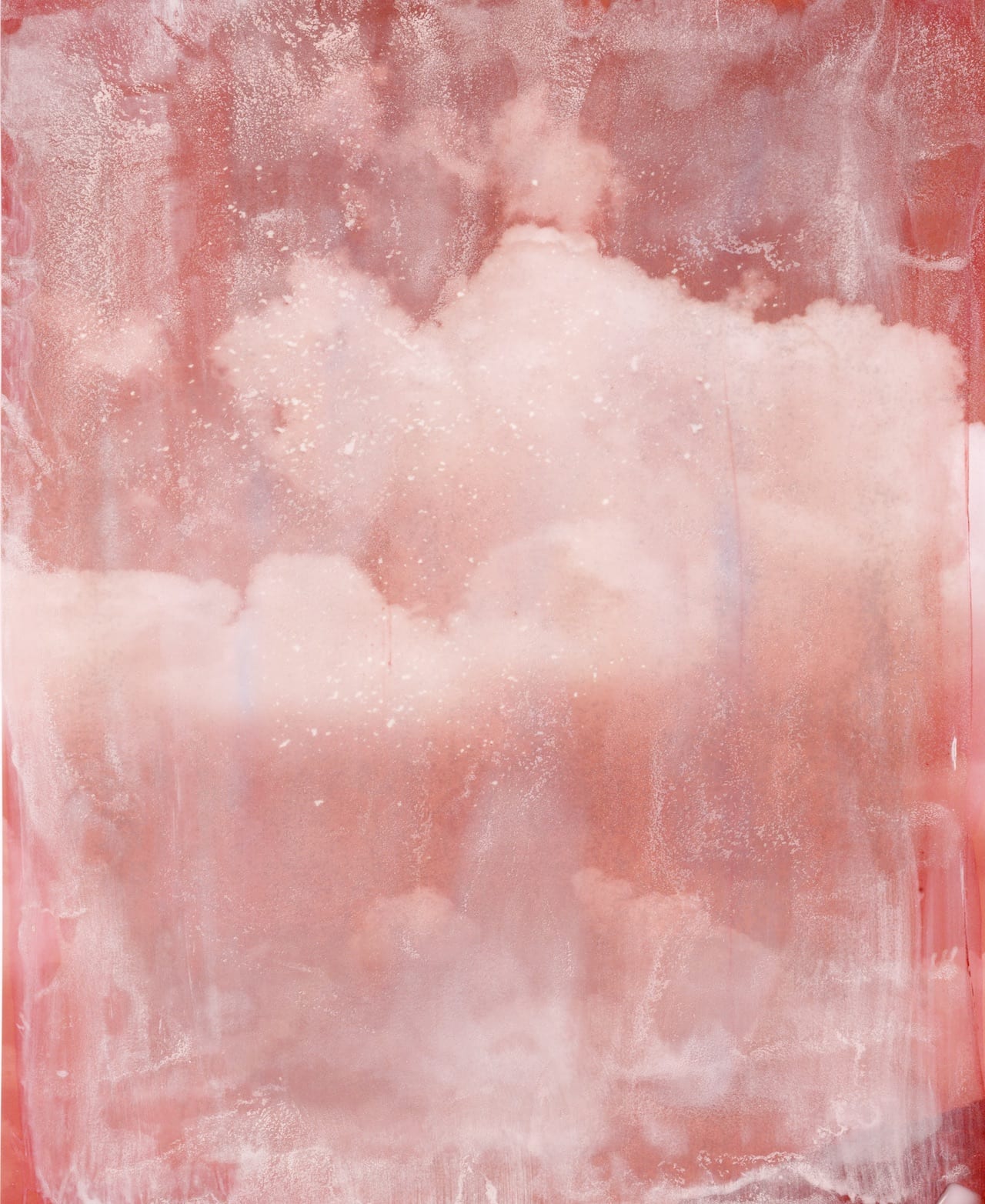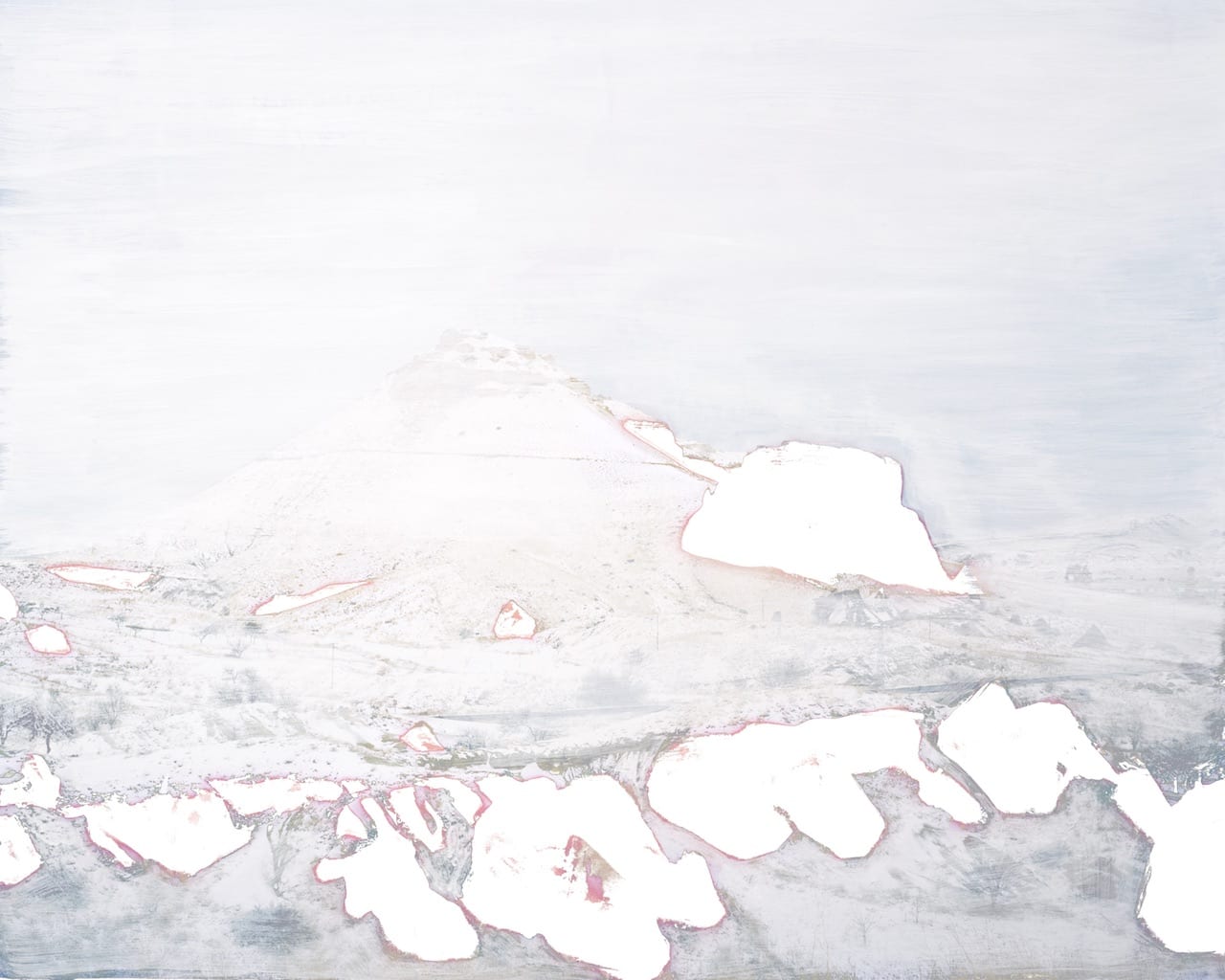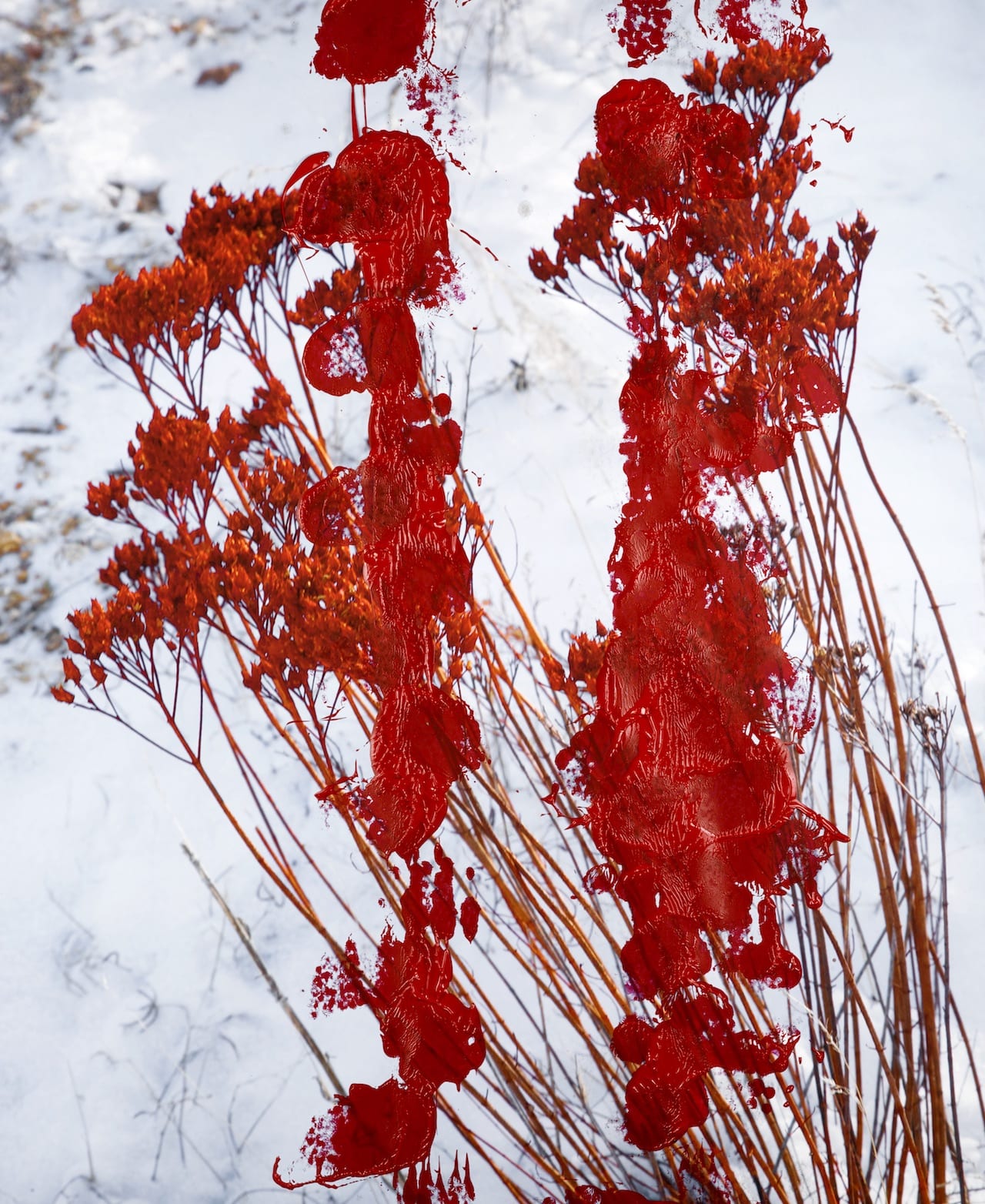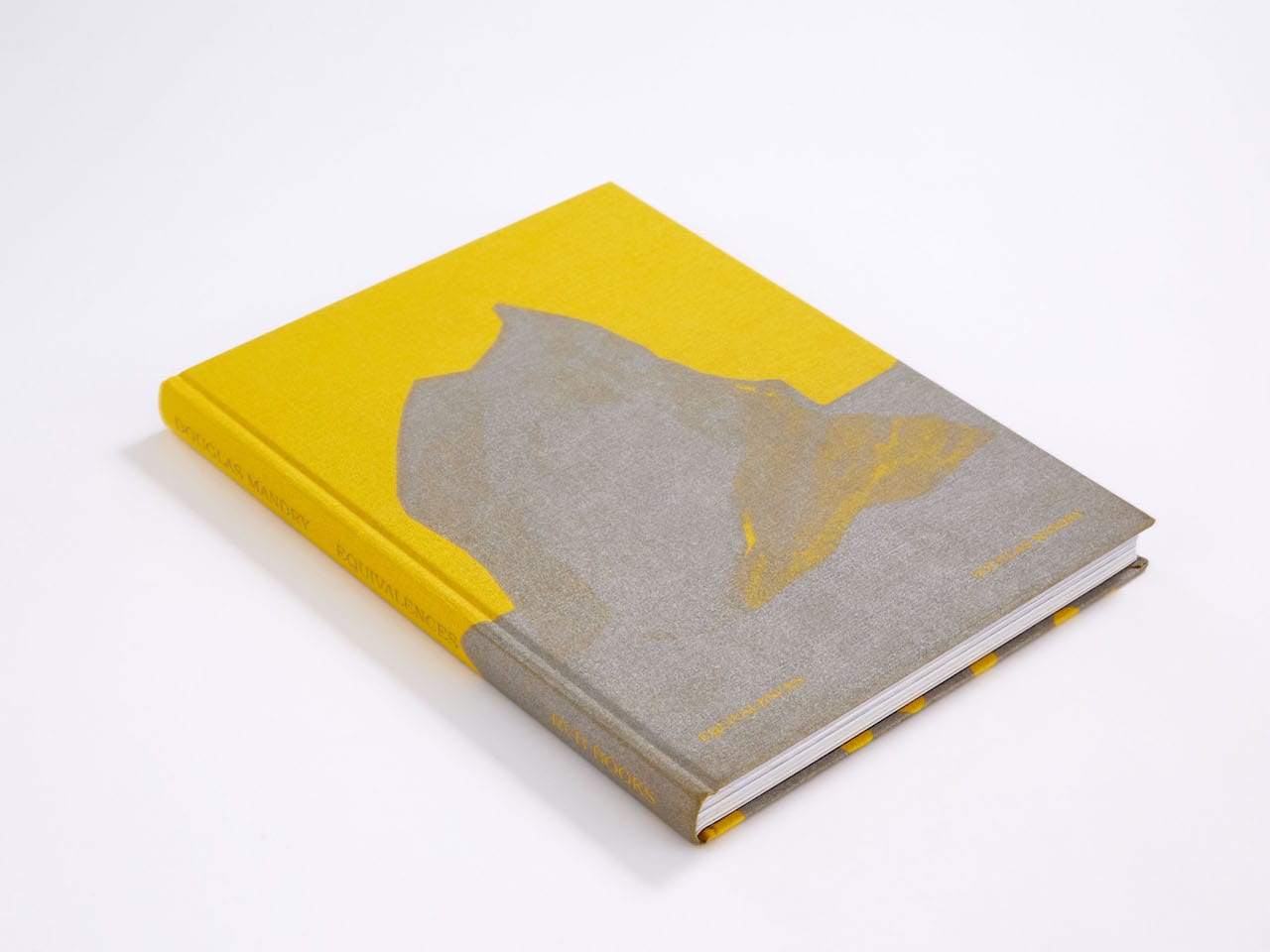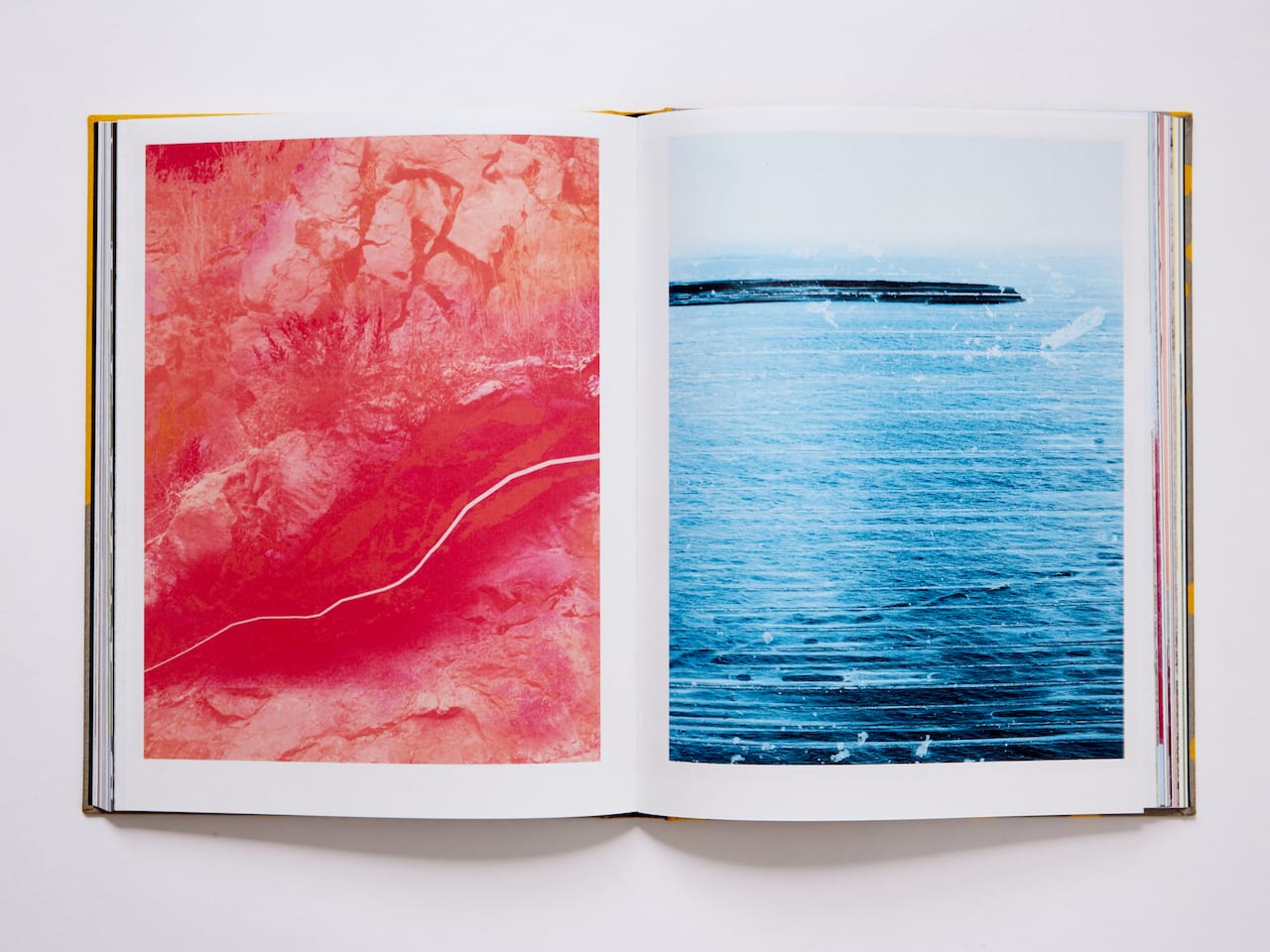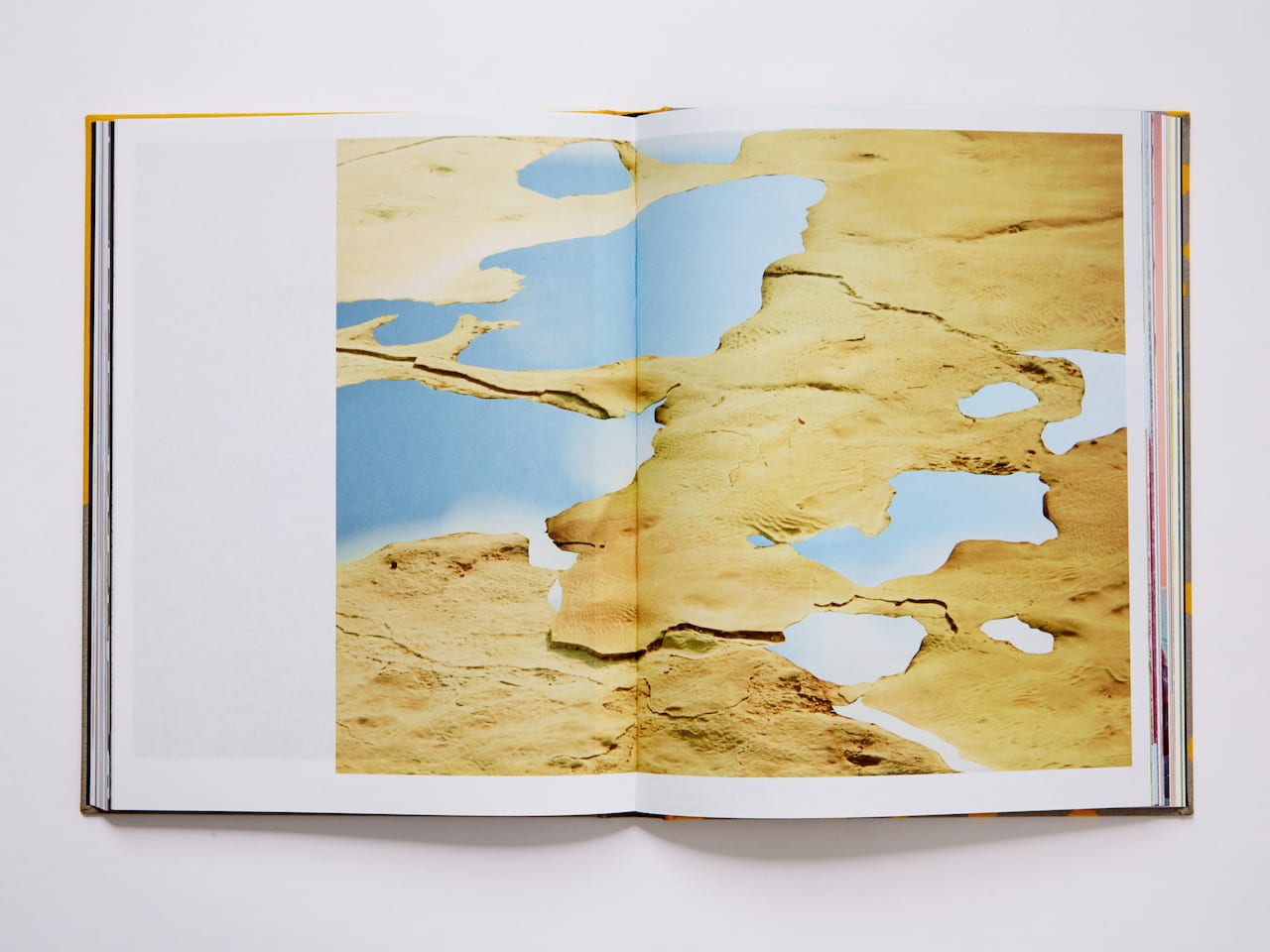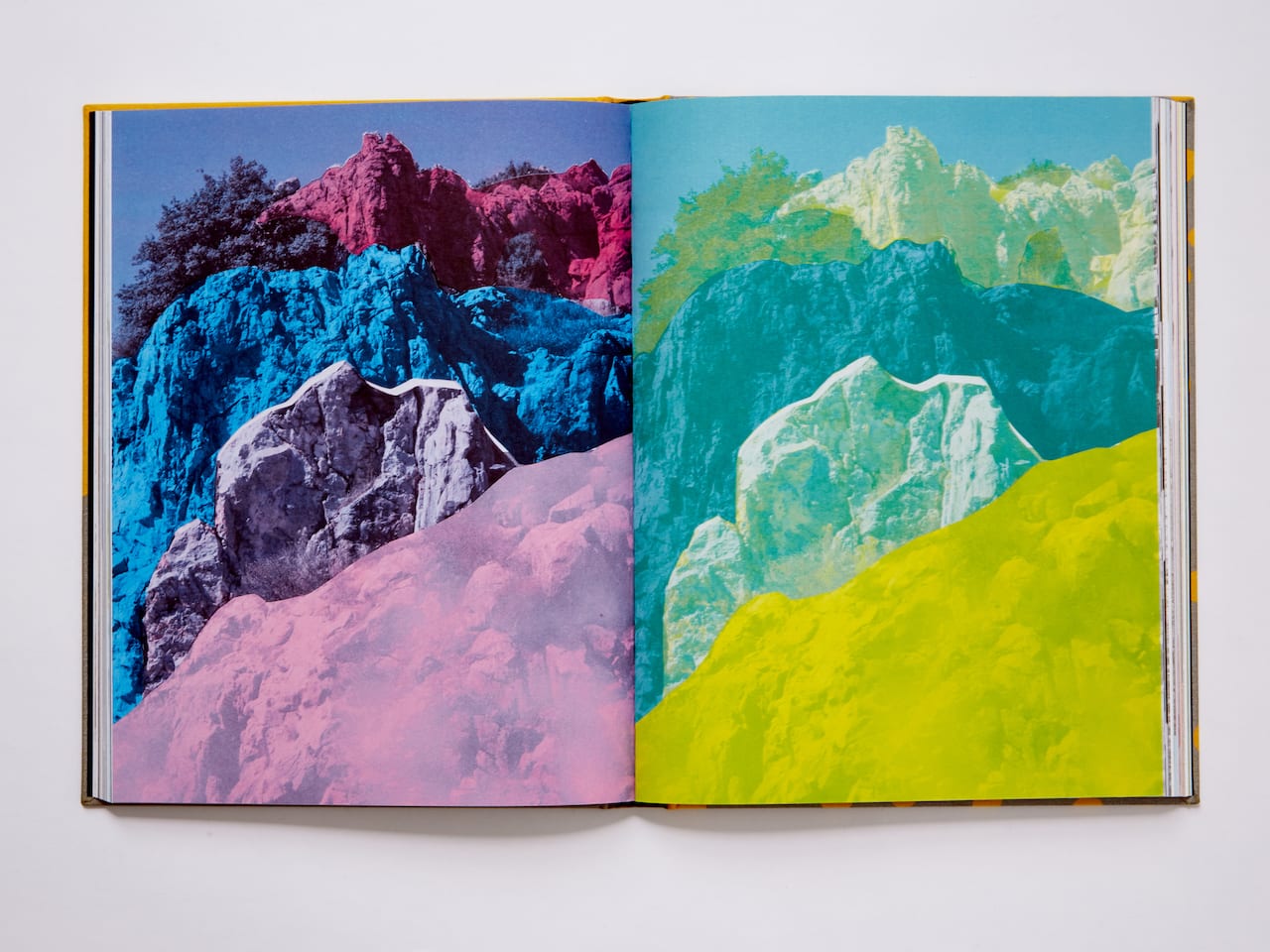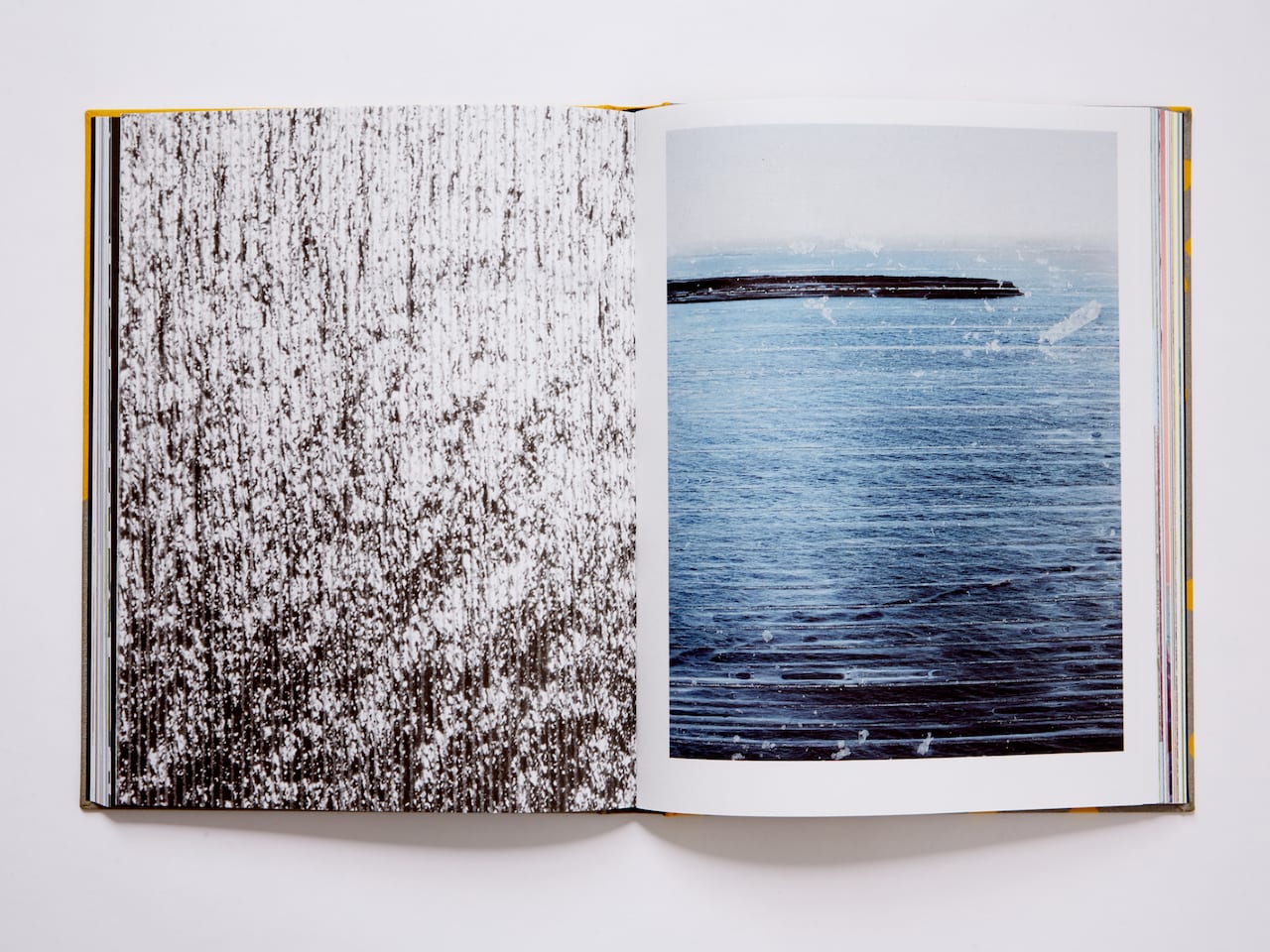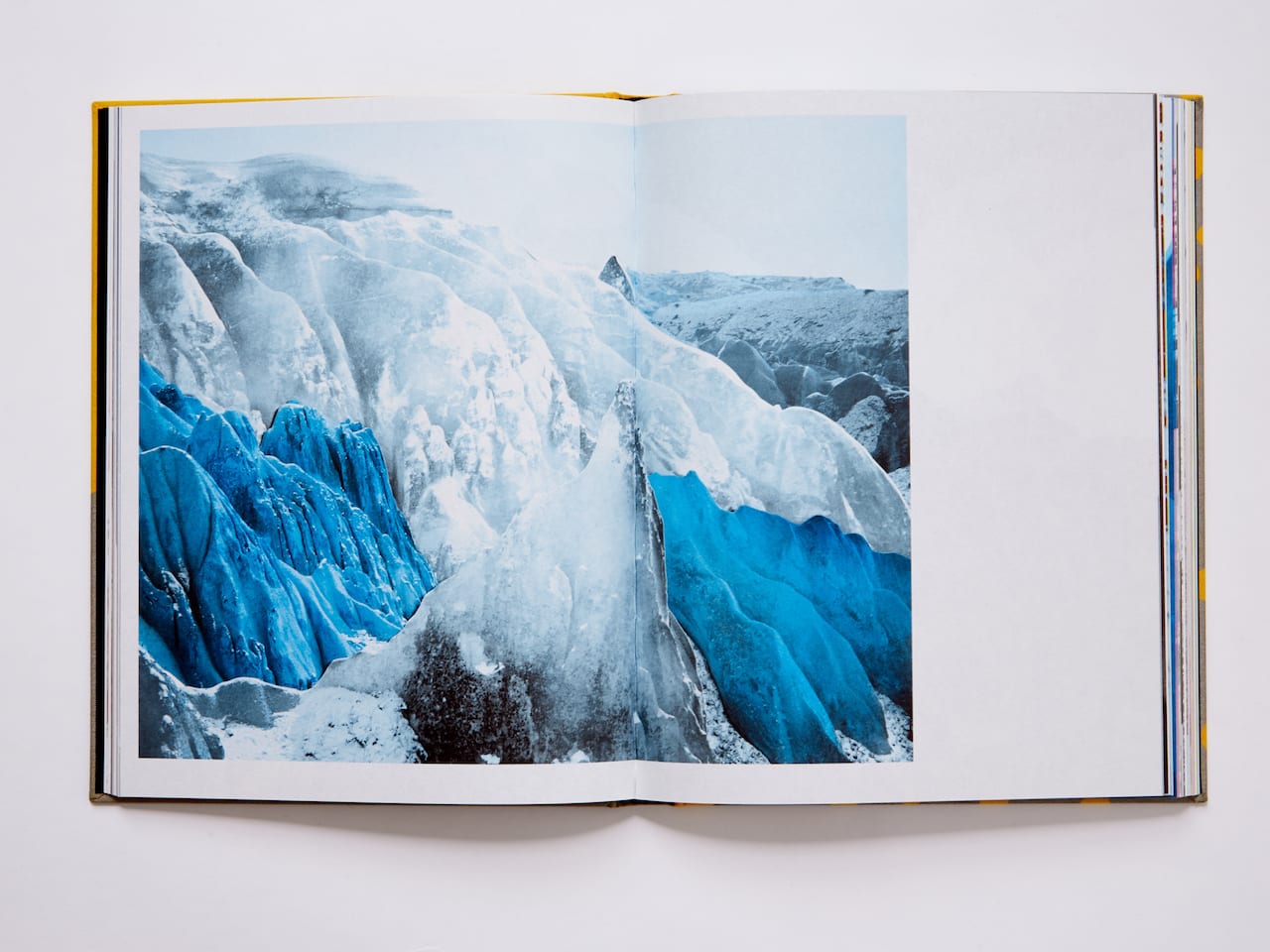As a kid, Douglas Mandry was fascinated by special effects in sci-fi films, and the way in which reality could be manipulated. “I’m interested in how I can break reality through photography,” he says. “I want to question what we see”.
Mandry’s first book, Equivalences, presents a series of altered landscapes, shot using vintage processes like photograms, and manipulated via cutting and pasting hand-painted images. Martian-like landscapes are repeated in variations of vivid colours, laid in succession with photograms of rocks found in these same landscapes, pushing the boundaries of how analogue processes can augment reality.
“It’s the concept of landscapes that interests me,” says Mandry, who doesn’t regard himself as a landscape photographer. “The idea of technology and photography is really present in my work. That’s what led me to the idea of nature, our relationship to it through technology.”
Initially Mandry was inspired by 20th century postcards, which he found while travelling through Turkey. Hand-coloured, commercialised representations of the landscape, he felt “that they were proposing an anonymous interpretation of reality” he says. Using acrylic paint and an airbrush, Mandry began to experiment on his own black-and-white images.
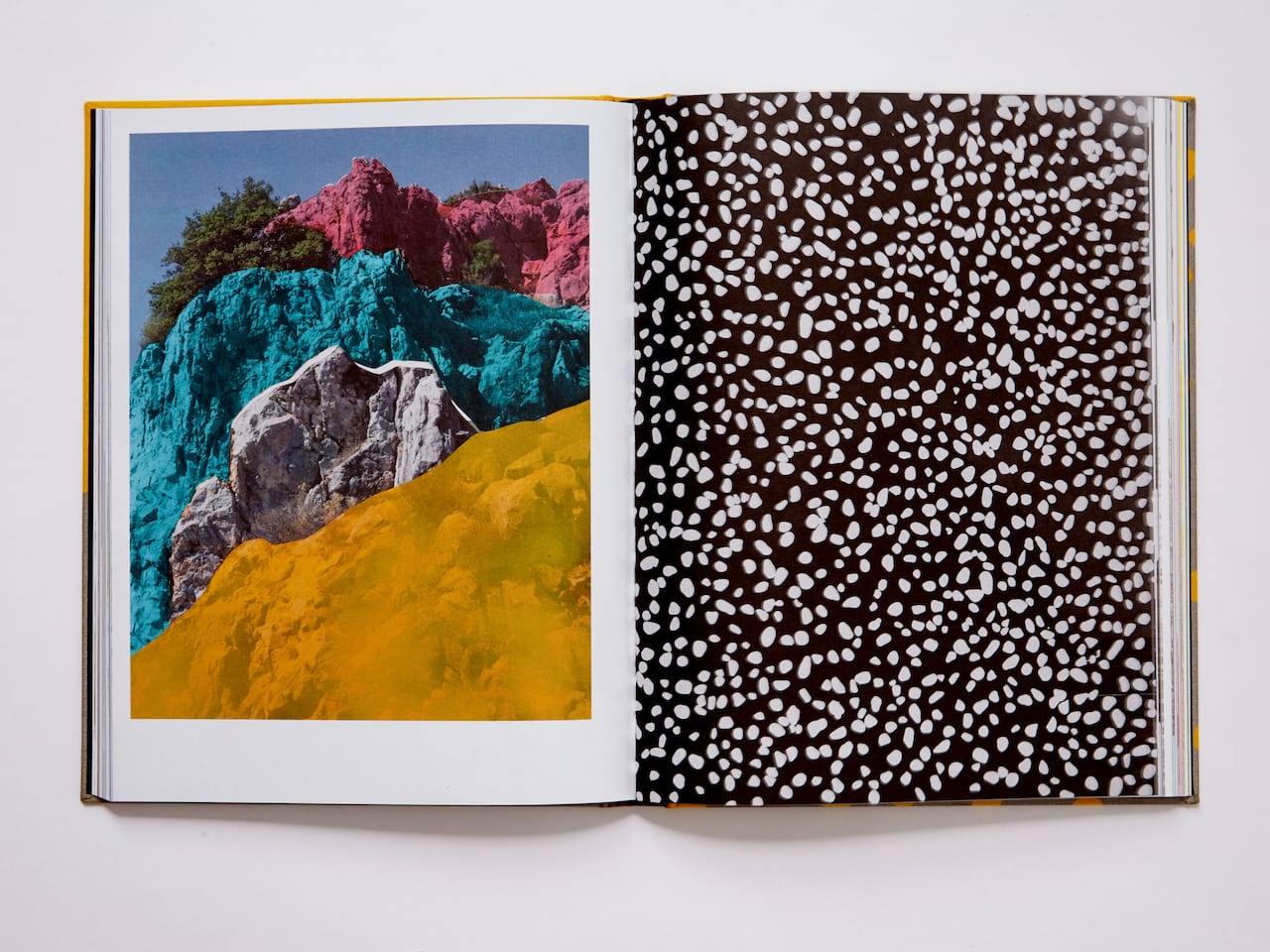
His process is entirely analogue, from photographing with a medium format camera to painting over the physical prints, and using vintage processing methods to experiment with pieces of collected landscape such as rocks and flowers. “I love the ambiguity of photography, and how you can use it to question reality. It’s something that comes out in every project that I do,” he says.
Equivalences is an amalgamation of several series that Mandry has been working on, such as Unseen Sights and Territorial Shifts, and he sees it as an extension of his work as a whole, “in the object of a book”. The paper is thick but light, accentuating the cut-and-paste quality of his images, and at the back, he has listed all of the CMYK colour codes for each page, to illustrate his process.
“I wanted it to be a special object,” he says, explaining the lengthy printing process, and how he wanted the book to reflect the multifaceted nature of his work. It is about getting lost in the process; the original image doesn’t matter to him anymore. The work is about repetitions, rhythms, and making different versions of the same picture to challenge reality. “For me, it closes the loop,” he says.
https://douglasmandry.com Equivalences by Douglas Mandry is published by RVB Books, and can be purchased for €39 https://rvb-books.com/book.php?id_book=205
Douglas Mandry will be showing an installation of his work at Circulation(s) festival this month, and also in a group show in Geneva from 30 April

